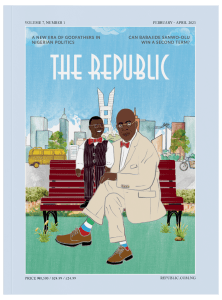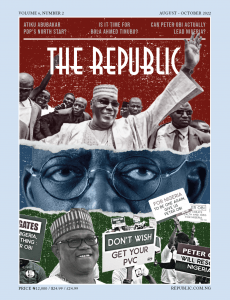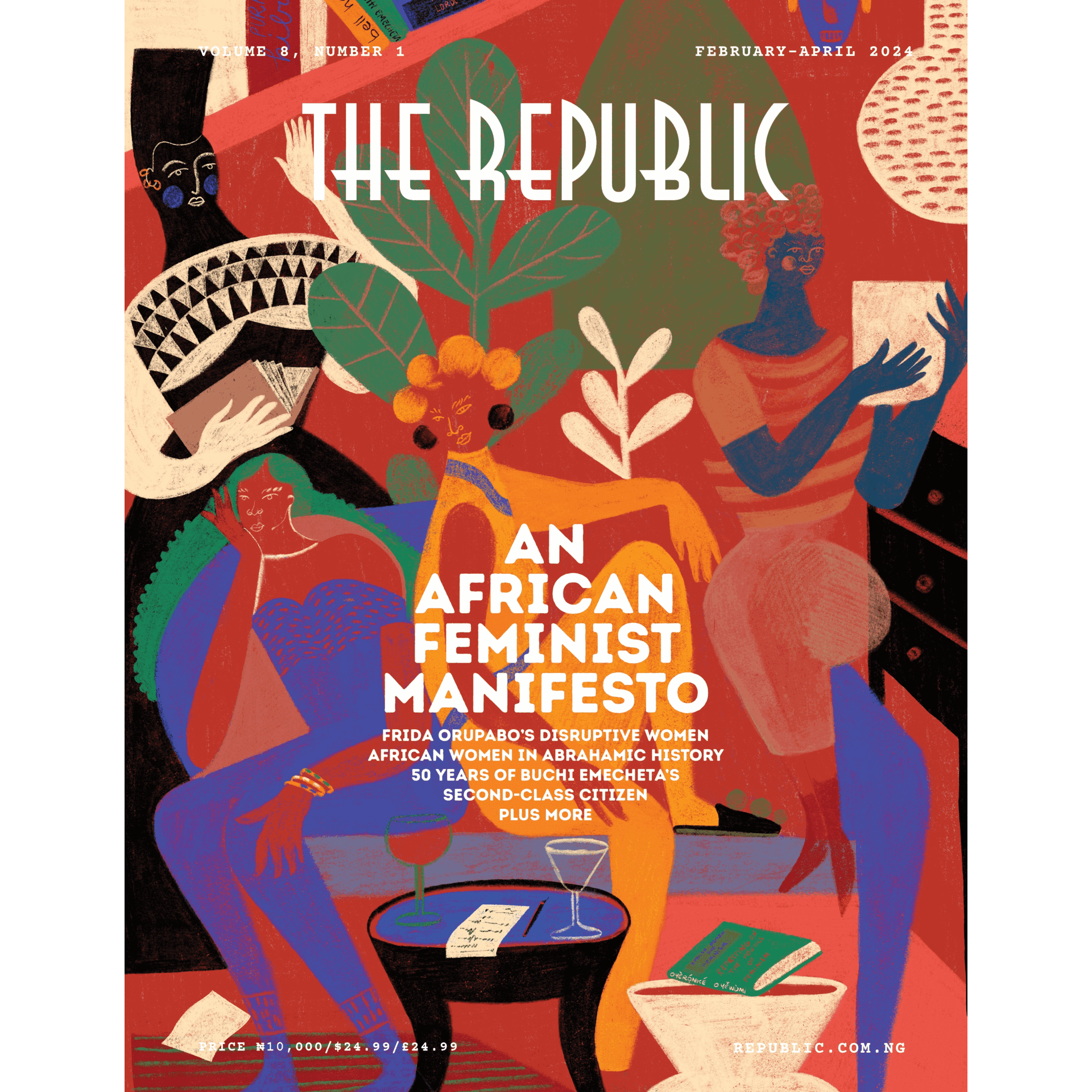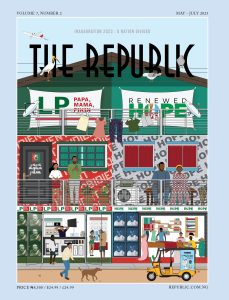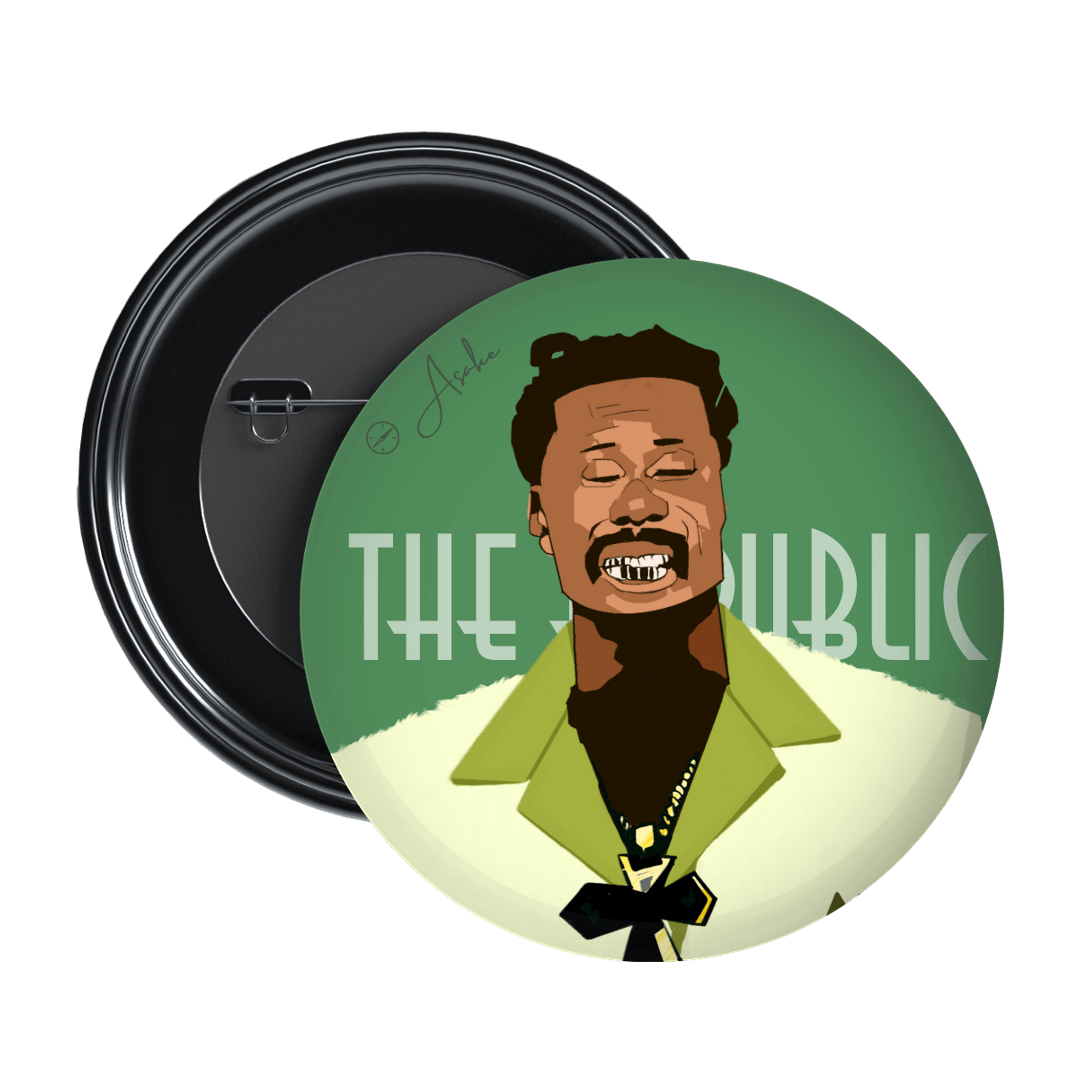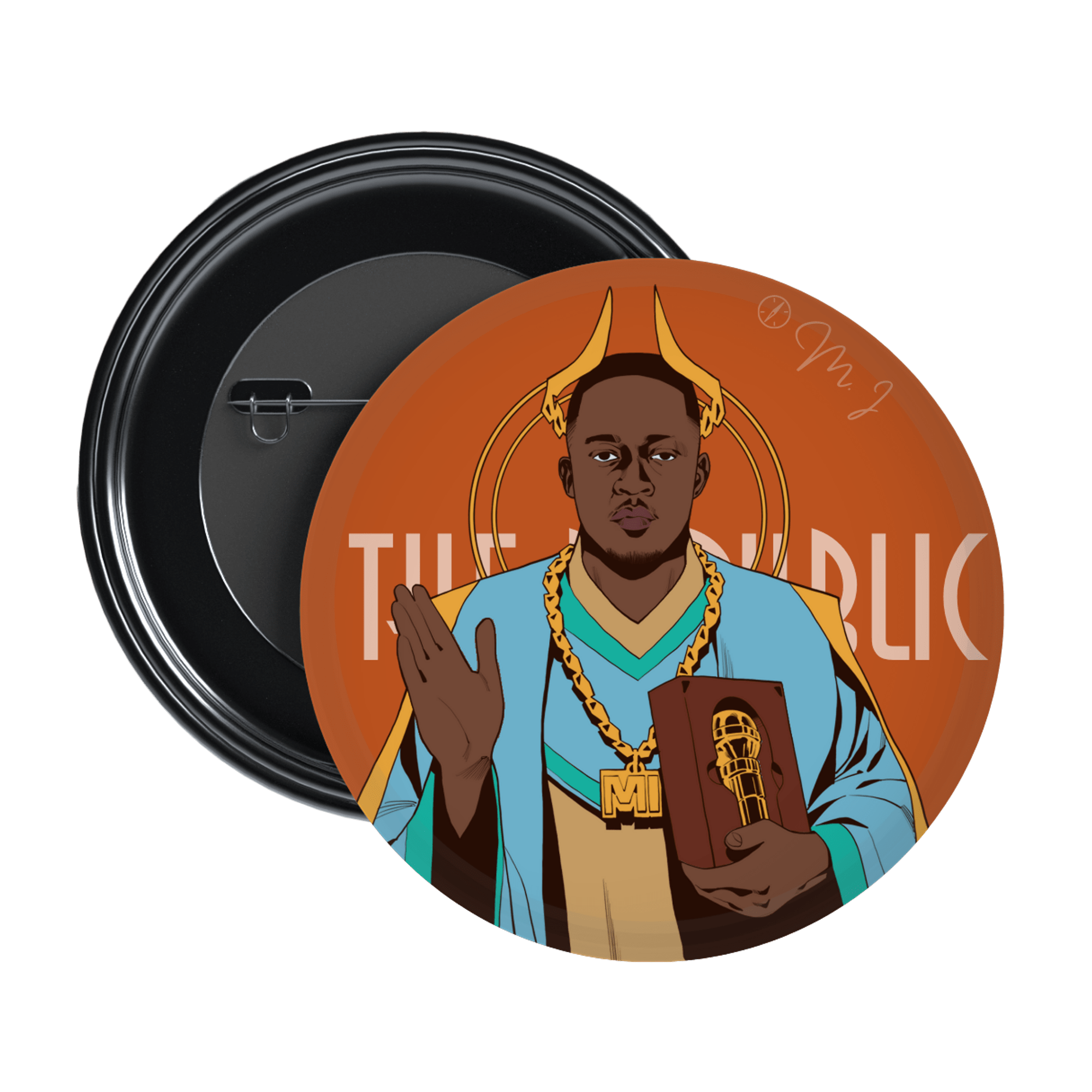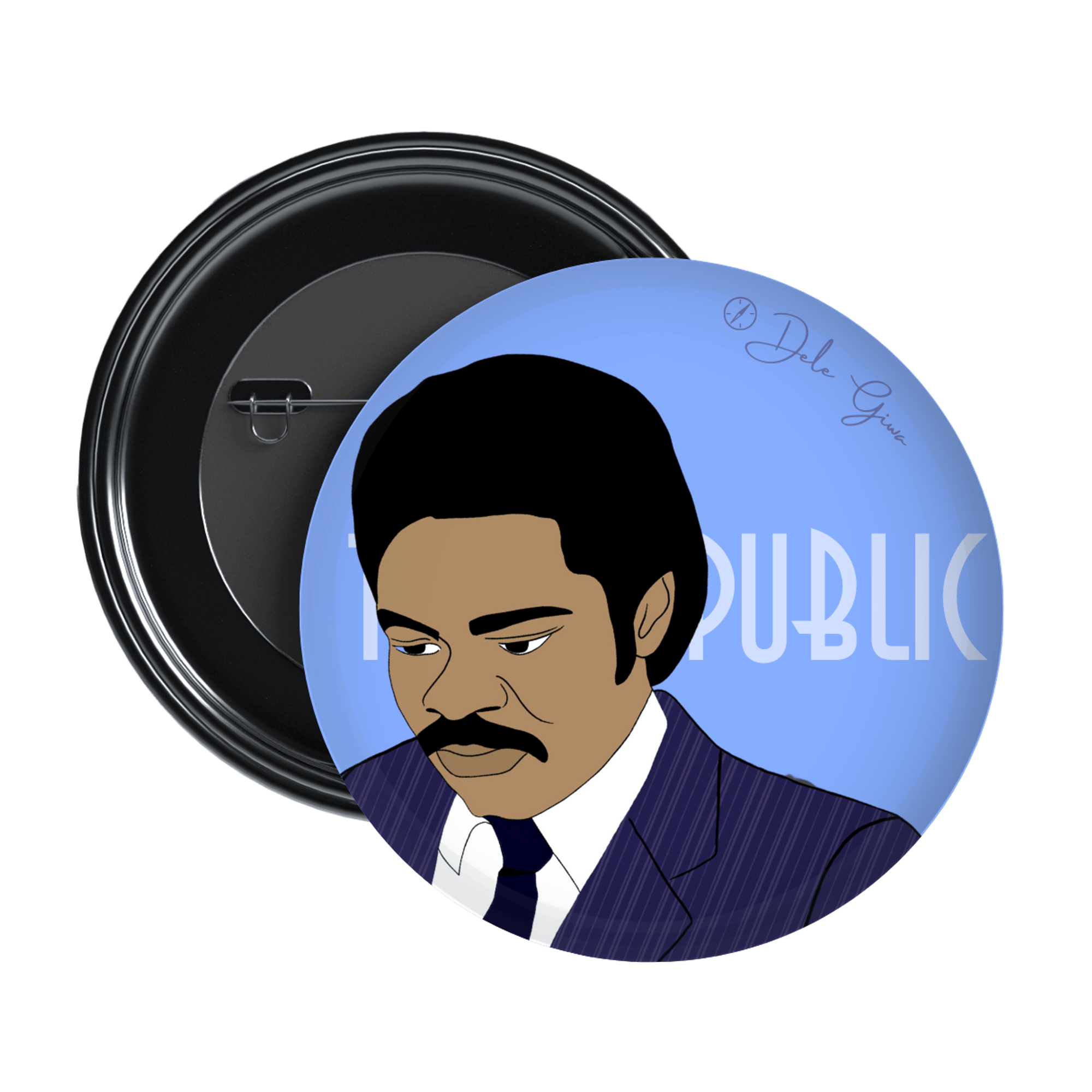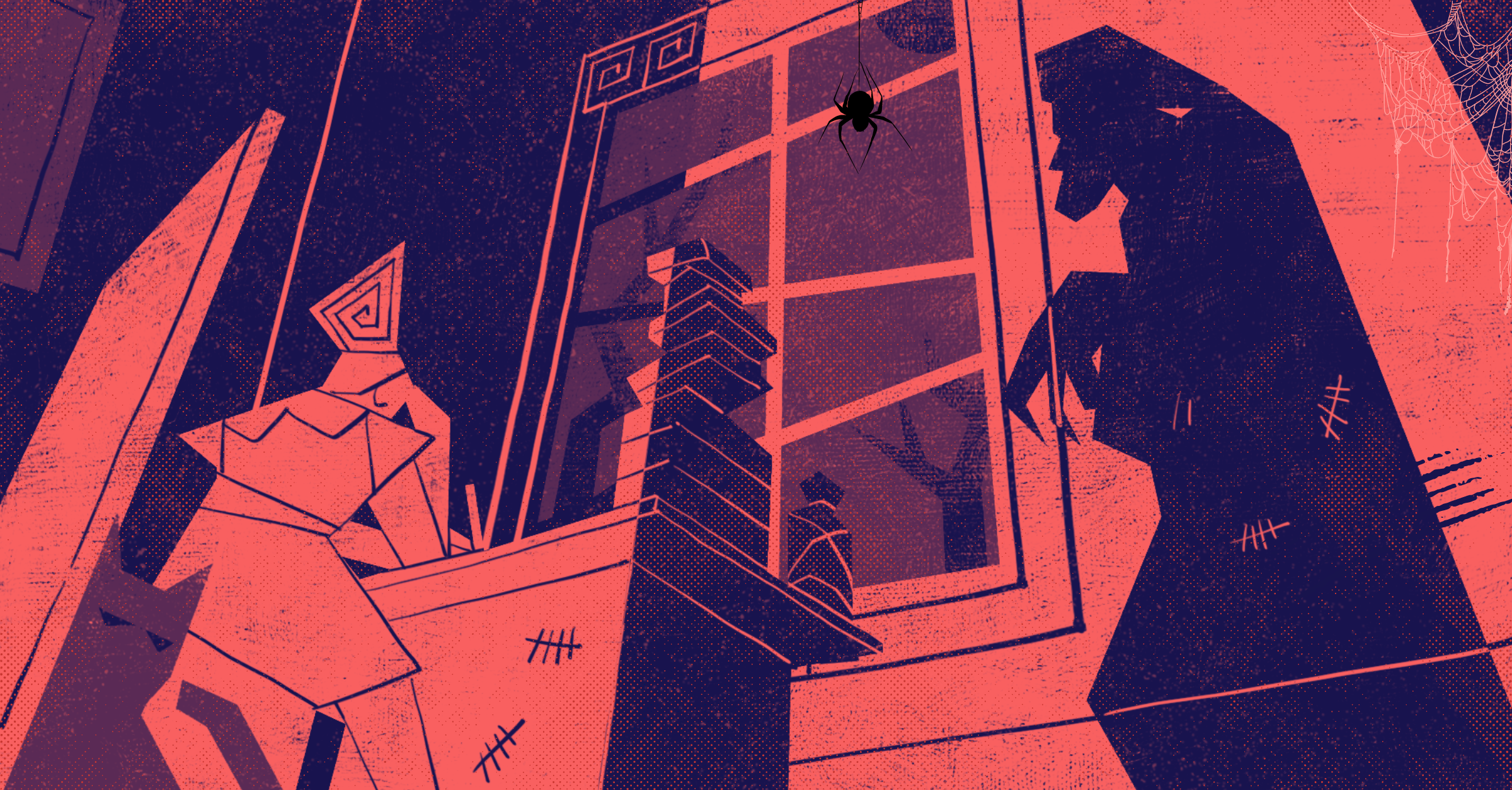
The Changing Man. Illustration by Charles Owen (blvninjv) for The Republic.
the ministry of arts / books dept.
African Fiction and the Paranormal

The Changing Man. Illustration by Charles Owen (blvninjv) for The Republic.
the ministry of arts / books dept.
African Fiction and the Paranormal
There is a level of believability to paranormal stories. Readers enjoy these stories so much that they want to believe and disbelieve altogether. It gets entangled sometimes, and that is the standard that paranormal writers aim to achieve with their writings. Within the realm of African literature, the paranormal and supernatural subgenres are relatively new. In fact, we only really know about fantasy and magical realism, but we do not have an array of works that are wholly paranormal or supernatural. Authors like Ben Okri, Akwaeke Emezi, Oyinkan Braithwaite, Nnedi Okorafor, Nuzo Onoh and even earliest writers like D.O. Fagunwa and Amos Tutuola have ventured into this field but have not laid claim to the paranormal. Their works, instead, have focused on suspense, fantasy and magical realism. So, one might be quick to say that the paranormal and supernatural subgenres are yet to be fully explored in African fiction. However, with the coming to bookshelves of The Changing Man by Tomi Oyemakinde, we can say that the paranormal subgenre is gradually being reinvented into the field of African literature.
THE PLOT
Oyemakinde’s novel, The Changing Man, was published in 2023. The author was born in London before relocating to the Netherlands at the age of six. His writings aim to craft stories ‘centred on Black protagonists thriving across genres, audiences and worlds.’ Thus, his debut, The Changing Man, follows Ifelayo Adebola who arrives at elite Nithercott High feeling completely displaced. She wishes to return to her previous school and reunite with her friends. Before Ife’s arrival at Nithercott, the school had been dealing with the mysterious disappearance of Leon Small. Ife arrived with a gut feeling that something was quite amiss.
Her curiosity was piqued when her closest friend, Malika, failed to show up for a planned trip and reappeared after a few hours, a completely changed person. Ife herself had had an encounter with a mysterious creature with glowing eyes, an orange mist, and the strong smell of petrichor pervading the air around it. Convinced that there was a conspiracy going on at Nithercott, Ife teamed up with Ben and Bijal. The trio, conducting investigations, were convinced that the school was involved in the disappearance of Leon and other weird occurrences. Digging deeper, they realize much to their dismay that they have been cohabiting with therimorphs, creatures that feed on humans and then clone them from organs of animals. To save Nithercott, the headmaster, Mr Ingham, had given the therimorphs leeway to prey on students from the Urban Achievers Programme, and Ife is next. The trio work against time to defeat these creatures who have taken over their school and captured their friends. With Orchid Green, the head of the therimorphs conquered, Ife and her friends can live peacefully, at least for now.
shop the republic
-
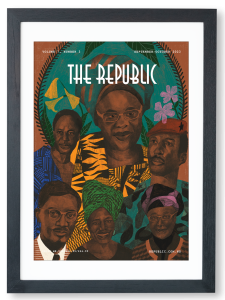 ₦70,000.00 – ₦75,000.00Select options This product has multiple variants. The options may be chosen on the product page
₦70,000.00 – ₦75,000.00Select options This product has multiple variants. The options may be chosen on the product page -
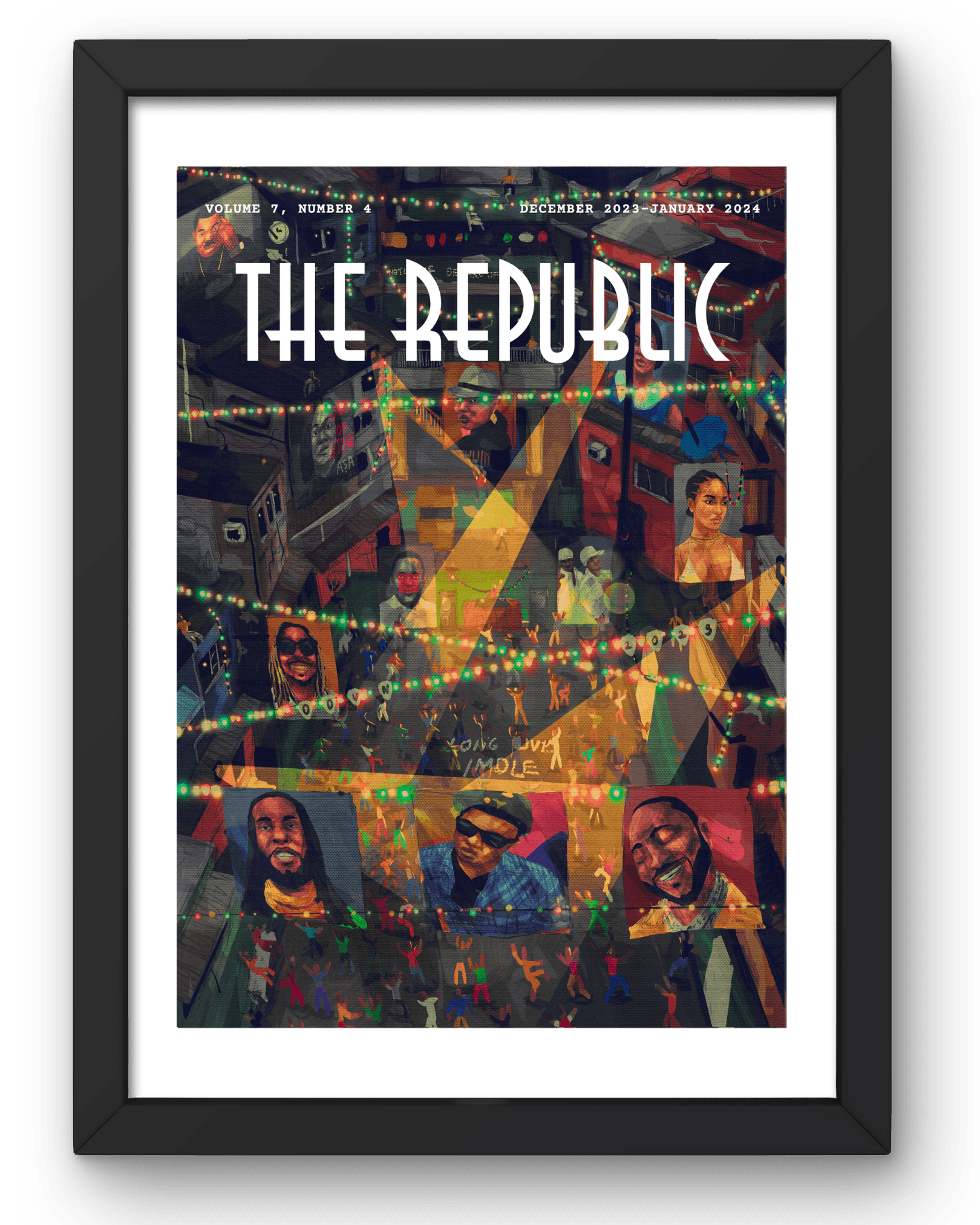 ₦70,000.00 – ₦75,000.00Select options This product has multiple variants. The options may be chosen on the product page
₦70,000.00 – ₦75,000.00Select options This product has multiple variants. The options may be chosen on the product page -
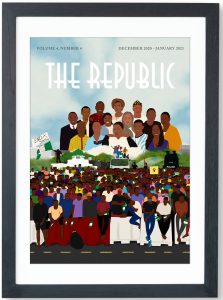 ₦70,000.00 – ₦75,000.00Select options This product has multiple variants. The options may be chosen on the product page
₦70,000.00 – ₦75,000.00Select options This product has multiple variants. The options may be chosen on the product page -
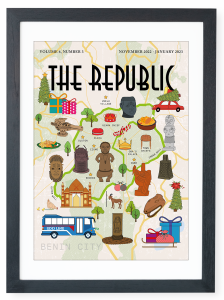 ₦70,000.00 – ₦75,000.00Select options This product has multiple variants. The options may be chosen on the product page
₦70,000.00 – ₦75,000.00Select options This product has multiple variants. The options may be chosen on the product page
shop the republic
-
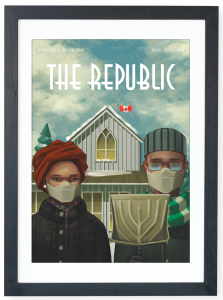 ₦70,000.00 – ₦75,000.00Select options This product has multiple variants. The options may be chosen on the product page
₦70,000.00 – ₦75,000.00Select options This product has multiple variants. The options may be chosen on the product page
THE CHANGING MAN VS THE PARANORMAL
A short trailer of The Changing Man describes the novel as a ‘spine-chilling YA horror-thriller’. This implies that Oyemakinde’s intent is to truly horrify the reader. But did the novel really hit its mark as claimed?
Justin Barrett, in Mellissa Halsey’s ‘The Influence of the Type of Supernatural and Paranormal Media on the Belief in the Various Forms of Supernatural and Paranormal Phenomena’, explains that the paranormal encompasses elements that defy normal assumptions. An example can be found in the therimorphs, which transform into other creatures or persons when in their full element. On this ground, Oyemakinde’s The Changing Man passes as a paranormal novel. Additionally, the novel explores the fringes of science with the inclusion of cloning, a concept both debated and unsettling. We see references of this attribute throughout the novel: ‘… a creation,…Basically, fake humans who aren’t replicas of anyone. puppets with an artificial consciousness. flesh robots… ish.’ (Page 239) ‘In the middle of the room, I see two identical girls trapped in glass cylinders, connected by a tube.’ (Page 256)
The criteria for what defines the paranormal as established by author Meredith Lyons in a 2023 article titled, ‘How to Write a Realistic Paranormal’, offer a helpful framework. Set it in a location you know well; establish rules clearly and early, adhering to real world physics when possible; tie action into your real-world setting; have at least one underlying theme that would work without a paranormal element; and remember to have your characters act naturally at least at first.
While the story’s setting, an elite boarding school, is well-defined, the lack of familiar landmarks weakens the connection to the real world. However, Lyons emphasize the importance of clearly defined creature rules, and Oyemakinde delivers in this aspect. Readers understand the therimorphs’ shapeshifting abilities and their vulnerability to fire and salt.
More importantly, The Changing Man transcends mere horror by weaving in relatable themes. The underlying currents of grief, seen in Ben’s character, and displacement, embodied by Ife, provide a sense of relatability. Characterization is another strength. Ife’s initial disbelief followed by a developing ‘sixth sense’ portrays a natural reaction to encountering the paranormal. On the grounds of Lyons’ criteria, The Changing Man meets the criteria for the paranormal, with room for improvement.
shop the republic
shop the republic
OYEMAKINDE’S BLACK PROTAGONIST
According to Oregon State University, the protagonist is the ‘character who drives the action; the character whose fate matters most.’ The protagonist changes and takes consequential actions. Going by this explanation, it is easy to tell that the protagonist in the novel is Ifelayo Adebola. She drives the actions in the novel and although there were other characters, Ife’s fate matters the most. Ife also changes; when she became overwhelmed by the therimorphs, her first instinct was to run. However, on the bus, she underwent some sort of mental change and returned to save her friends with little to no clue on how to go about it. She also chose to remain at Nithercott High despite her earlier detestation of the school.
Judging by Ife’s identity, she is Oyemakinde’s African, Yoruba, and ‘Black protagonist’. Ife is his first attempt at a Black protagonist in the paranormal genre. And because Oyemakinde lays claim to representing Black protagonists, we expect more from Ife. Excluding references to ‘hot oil’, ‘oily Nigerian tomato stew’, ‘Tosin Ajayi’, and a befuddled Yoruba spoken by Ife’s father, we find zero to no other evidence that the protagonist is indeed a ‘Black’ one. When a writer uses a Yoruba character in the diaspora as his or her protagonist, the readers expect to find some incorporation of Yoruba culture. For instance, Ife does not seem to be averse to anything at her new school. She wears her natural hair in pigtails throughout the book and there are no mentions of her taking them down or treating them; she is African after all, with a certain hair texture different from the white ensemble of characters. Oyemakinde attempted to address this shortcoming by infusing some Yoruba into Ife’s father’s speech. However, since the writer did not specify what dialect of Yoruba was being spoken, the Yoruba is subject to scrutiny. The first Yoruba statement made by Ife’s father to his wife does not align with the preceding conversation. Ife wants her friend, Ben, to spend the short holiday with her and her family but what Ife’s father says to his wife is, ‘Can Ife’s friend arrive at our place when he comes to greet Ife?’ This is different from asking if Ife’s friend can come together with Ife to spend the holiday with them at their lodging. The latter is what was really intended and would have been more accurate.
Additionally, the Yoruba speakers are accustomed to adding inflections to their speech to express mood, tension, and other kinds of emotions. This distinguishes spoken Yoruba from written Yoruba. We find none of this, and the bit of Yoruba we got in this novel sounded too mechanical to be true. While we understand that Oyemakinde attempts to represent Black protagonists across all spheres of life, close attention must be paid to how well the reader can relate with the protagonist.
PARANORMAL AFRICAN FICTION
Apart from the practices of witch doctors and priests in traditional African settings, the genre of the paranormal has not been forthcoming in contemporary African literature. Can we really have a subgenre within African literature which would aptly represent the paranormal?c Are there even paranormal occurrences in Africa? Can African writers embark on this journey? If yes, would they succeed? Currently, we do not have as wide an array of literature as we would like that addresses these questions, especially in contemporary African literature. To achieve a paranormal African fiction, the characters, settings, events, would have to be deeply rooted in African culture. It is a risk worth taking, one that would elevate African literature to an even higher pedestal.
Oyemakinde has set the mark for a paranormal work with a Black protagonist. The Changing Man makes a quite captivating read. It draws the reader in right from the prologue. While there is still room for improvement, we would not hesitate to place Oyemakinde and his art on a grand scale. We eagerly anticipate his upcoming release, We Are Hunted⎈
THE CHANGING MAN
TOMI OYEMAKINDE
276 PP. MACMILLAN BOOKS, SEPTEMBER 2023PP. TIN HOUSE BOOKS LLC, APRIL 2024
UNITED STATES OF AMERICA
shop the republic
BUY THE MAGAZINE AND/OR THE COVER
-
 ₦10,000.00 – ₦30,000.00Select options This product has multiple variants. The options may be chosen on the product page
₦10,000.00 – ₦30,000.00Select options This product has multiple variants. The options may be chosen on the product page -
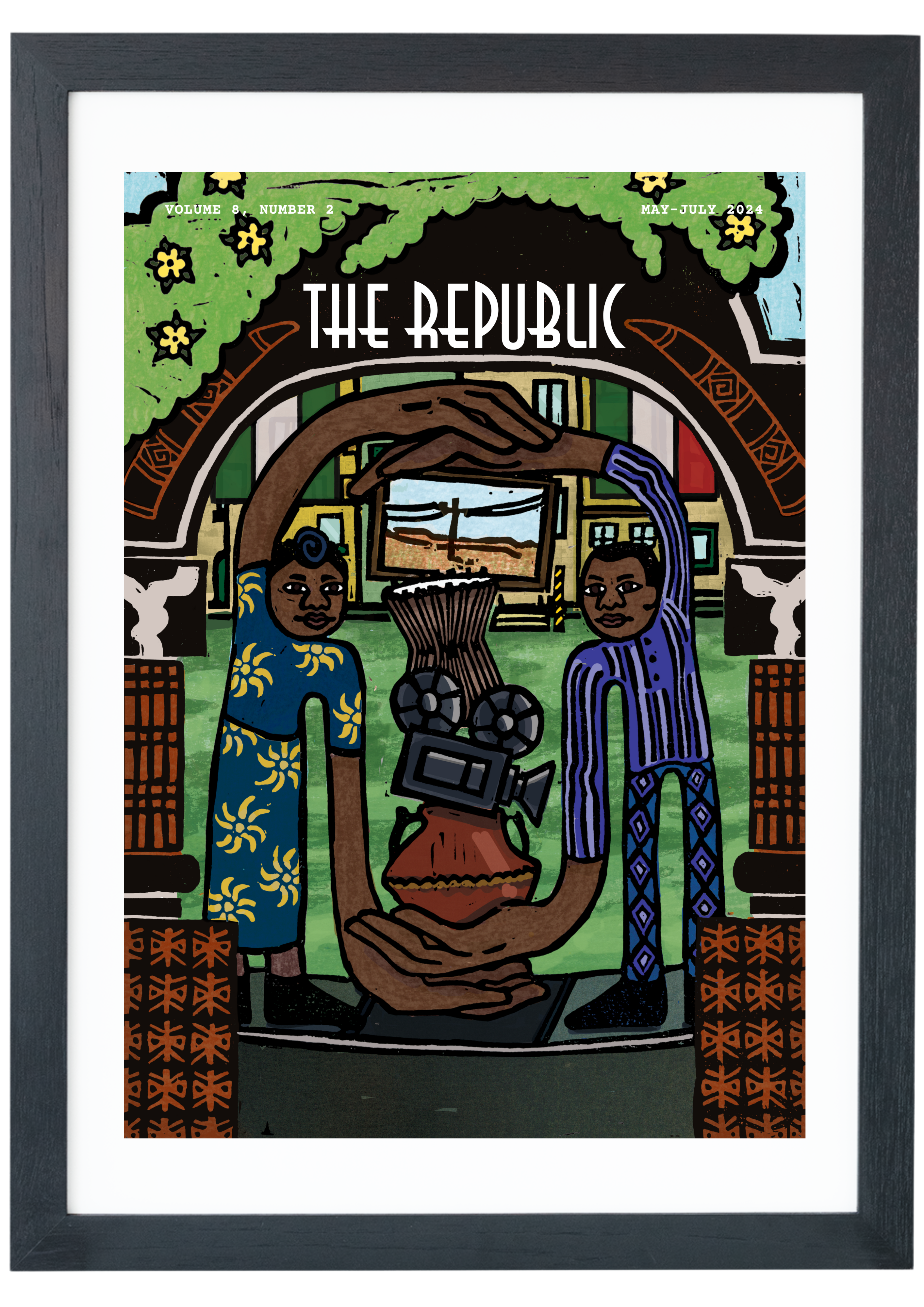 ₦140,000.00 – ₦150,000.00Select options This product has multiple variants. The options may be chosen on the product page
₦140,000.00 – ₦150,000.00Select options This product has multiple variants. The options may be chosen on the product page




